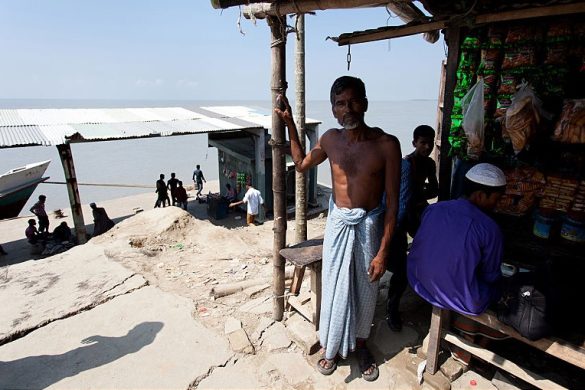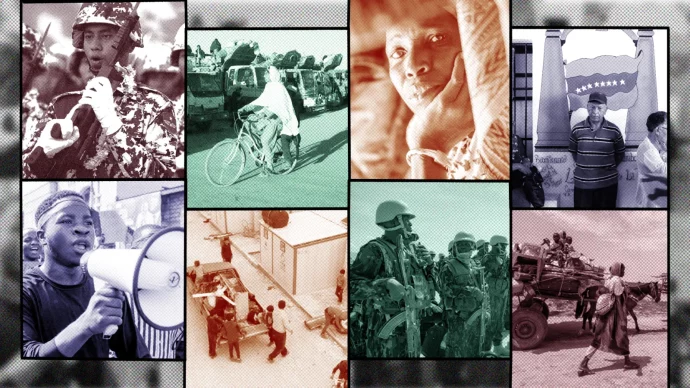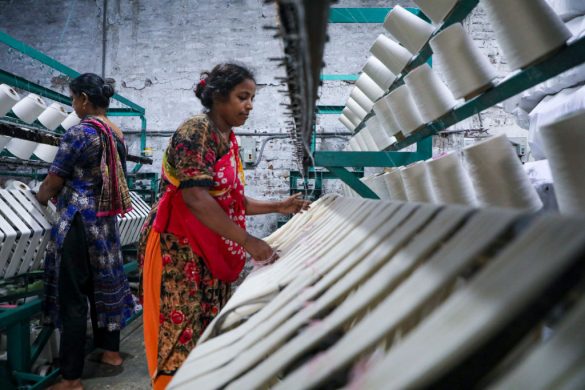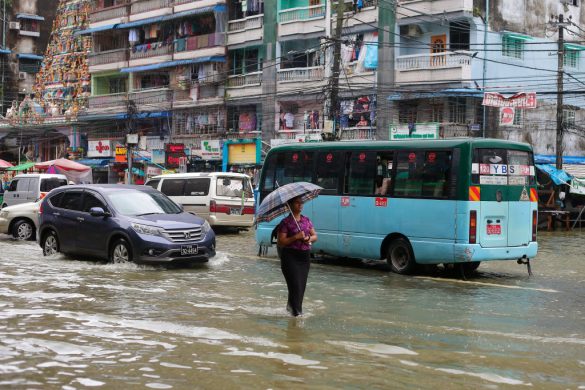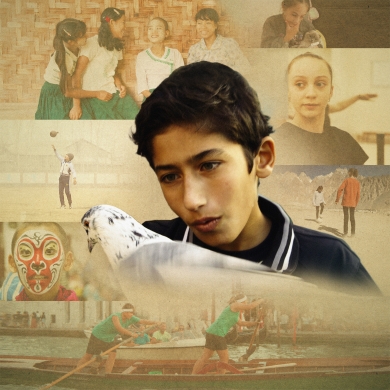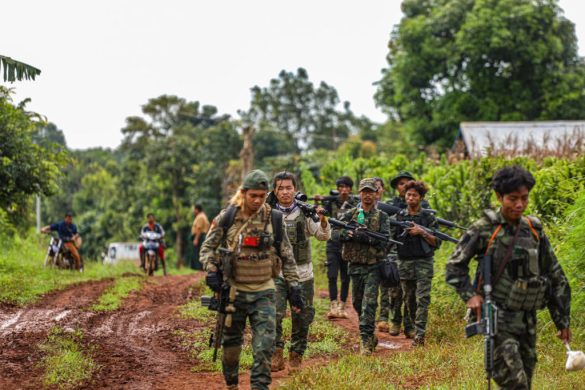I rapporten “The Rohingya Survey 2017” har et hold fra organisationen Xchange interviewet 1.360 flygtninge i lejrene i Cox’s Bazar i Bangladesh. Her har flere end 600.000 flygtninge slået sig ned efter derse flugt fra nabolandet Myanmar.
I rapportens konklusion hedder det bl.a.:
As a result of the events of August 25th, a rapid mass migration of some 600,000 Rohingya occurred from Myanmar to Bangladesh. The Xchange team sought to understand the journeys they had taken in an attempt to reach safety, and to document the push factors that compelled them to leave.
After conducting 1,360 surveys with Rohingya respondents between 15th September and 15th October, in seven different refugee camps in Cox’s Bazar district, the team gained detailed insight into the types and extent of abuses the Rohingya were subject to that caused them to flee.
The respondents originated from 120 different villages across Maungdaw, Buthidaung, and Rathedaung townships in Northern Rakhine. Their journeys took a range of between 1-17 days, depending on the distance between their village of origin and the Bangladeshi border.
These journeys were primarily conducted on foot, although many needed to pay Bangladeshi smugglers to transport them across the Naf River or the sea crossing via the Bay of Bengal. The price of these journeys varied considerably.
An overwhelming number of respondents (92%) either personally witnessed or directly experienced violence on or after August 25th. While the specifics of each incident were different, there were distinct trends and patterns of violence observable in collected testimonies. As such, there is strong evidence to suggest that violence targeting Rohingya communities has been both well-coordinated and systematic. In addition to this,
the acts were often committed by more than one group of perpetrators, almost always by the Myanmar military (96%), often in collaboration with civilian vigilante groups.
Først afbrænding af huse – så kraftig beskydning
The most common category of incident reported was the destruction of property and mass-scale burning of villages (63%). By destroying Rohingya villages, perpetrators gave their erstwhile inhabitants no choice but to flee. These attacks were often accompanied by indiscriminate heavy shooting (40%), resulting in mass fatalities and serious injuries.
Other frequently recorded abuses were of a degrading and dehumanising nature, including sexual abuse committed against Rohingya women and girls (13%). Women and girls were subjected to rape and gang-rape by multiple perpetrators, often in public, in what appeared to be a coordinated campaign of sexual violence. These abuses acted to traumatise and create a culture of shame and stigma with an intent to break apart communities.
There were multiple reports of the targeted murder of children and infants (5%). These reports appeared to demonstrate a total disregard for human life, as the security forces and civilian perpetrators stand accused of murdering babies and children by burning or drowning. The frequency with which such incidents were reported may demonstrate an intent to eradicate younger generations.
78 procent vil hjem – når forholdene er forbedret
The final question of the survey asked the respondents if they would consider returning to Myanmar in the future. Despite the atrocious incidents documented in this survey, 78% stated that they would willingly return if the situation improves; 16% had no desire to return; 6% would return unconditionally.
Though attitudes can change with time, these responses demonstrate that the Rohingya refugees would be open to returning to their homes if conditions in Myanmar were to improve. What constitutes an adequate improvement to conditions in Myanmar, however, is a question that lies outside the scope of this survey.
The large number of respondents willing to return to Myanmar can, in part, be explained by the fact that there are very few opportunities for Rohingya refugees in Bangladesh.
Generations of Rohingya refugees living in the camps following previous expulsions from Myanmar continue to live in poverty without access to adequate services, and have limited mobility rights or opportunities for advancement.
Se hele rapporten her (kan læses i en interaktiv online-version og downloades som pdf).






